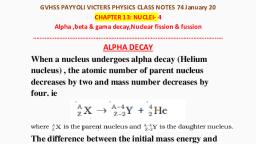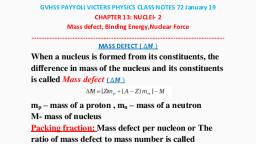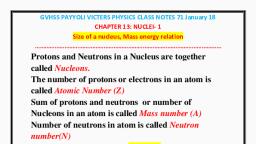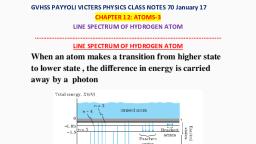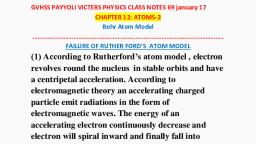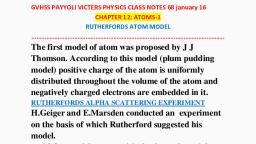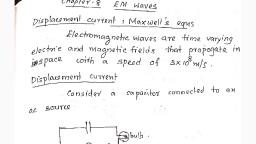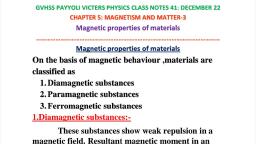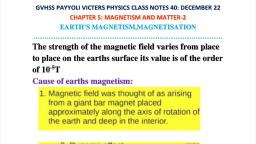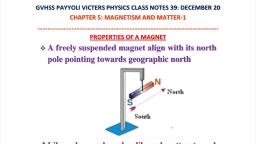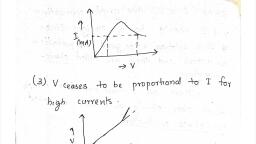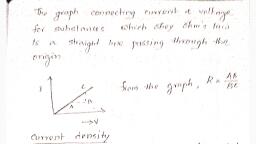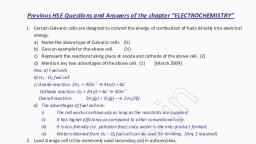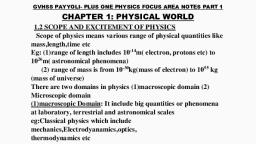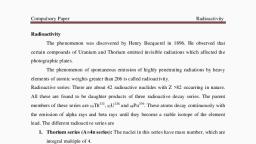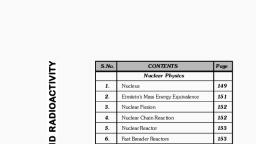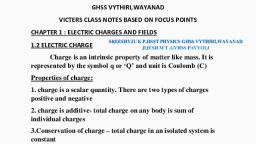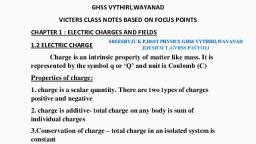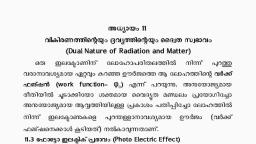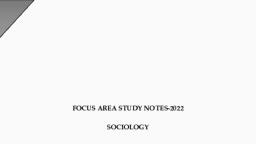Page 1 :
GVHSS PAYYOLI VICTERS PHYSICS CLASS NOTES 73 January 19, CHAPTER 13: NUCLEI- 3, Radioactivity, ……………………………………………………………………………………………………., , Radioactive decay is a nuclear phenomenon in which, an unstable nucleus undergoes a decay., Three types of radioactive decay occur in nature, , Law of Radioactive Decay, This law states that the number of nuclei undergoing, decay per unit time is proportional to total number, of nuclei in that sample., If N is the number nuclei in the sample and, ∆𝑵 undergo decay in time ∆𝒕, , Where 𝝀 is a constant called radioactive decay, constant or disintegration constant., Change in number of nuclei in the sample is, dN = - ∆𝑵 in time ∆𝒕 ( negative sign shows that, sample is decaying or decreasing), The rate of change of N is, , Sreeshyju K P & Jijesh M T ,HSST Physics, GVHSS Payyoli
Page 3 :
Activity of a sample (R), , The total decay rate R of a sample of one or more, radio nuclides is called activity of that sample, SI Unit of radioactivity is Becquerel (Bq), 1 Bq = 1 decay per second, Another unit is curie, HALF LIFE PERIOD ( T1/2 ), The time taken by half the number of the atoms of the, radio active element to disintegrate is called Half life, Or it is the time at which both N and R have been, reduced to one half of their initial value, Relation between T1/2 and 𝝀, , We have, , Taking reciprocals on both sides, 2= 𝒆𝝀𝑻𝟏/𝟐, , Sreeshyju K P & Jijesh M T ,HSST Physics, GVHSS Payyoli
Page 4 :
MEAN LIFE (𝝉 ), It is the time at which both N and R have been, 𝟏, , reduced to 𝒆 of their initial value, , On solving this we get, , Mean life, Relation between half life and mean life, , By substituting, PROBLEM 1, , Sreeshyju K P & Jijesh M T ,HSST Physics, GVHSS Payyoli
